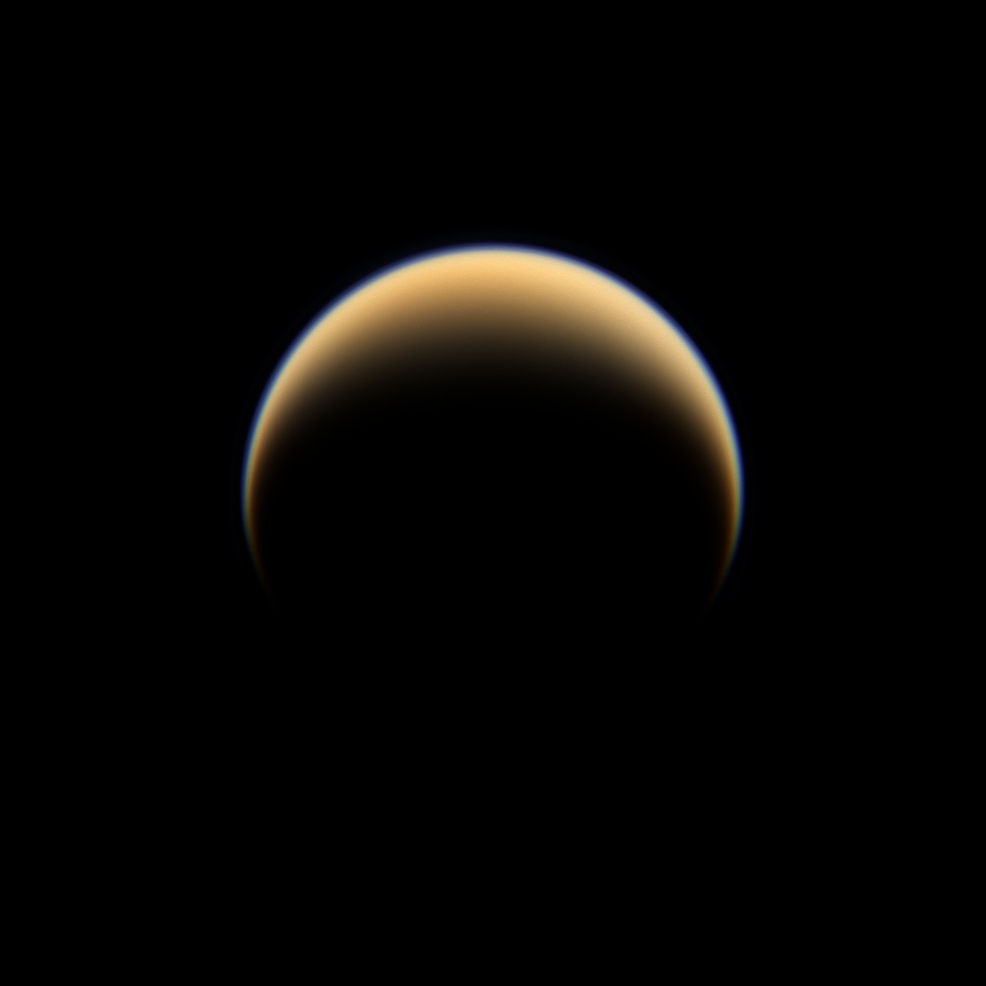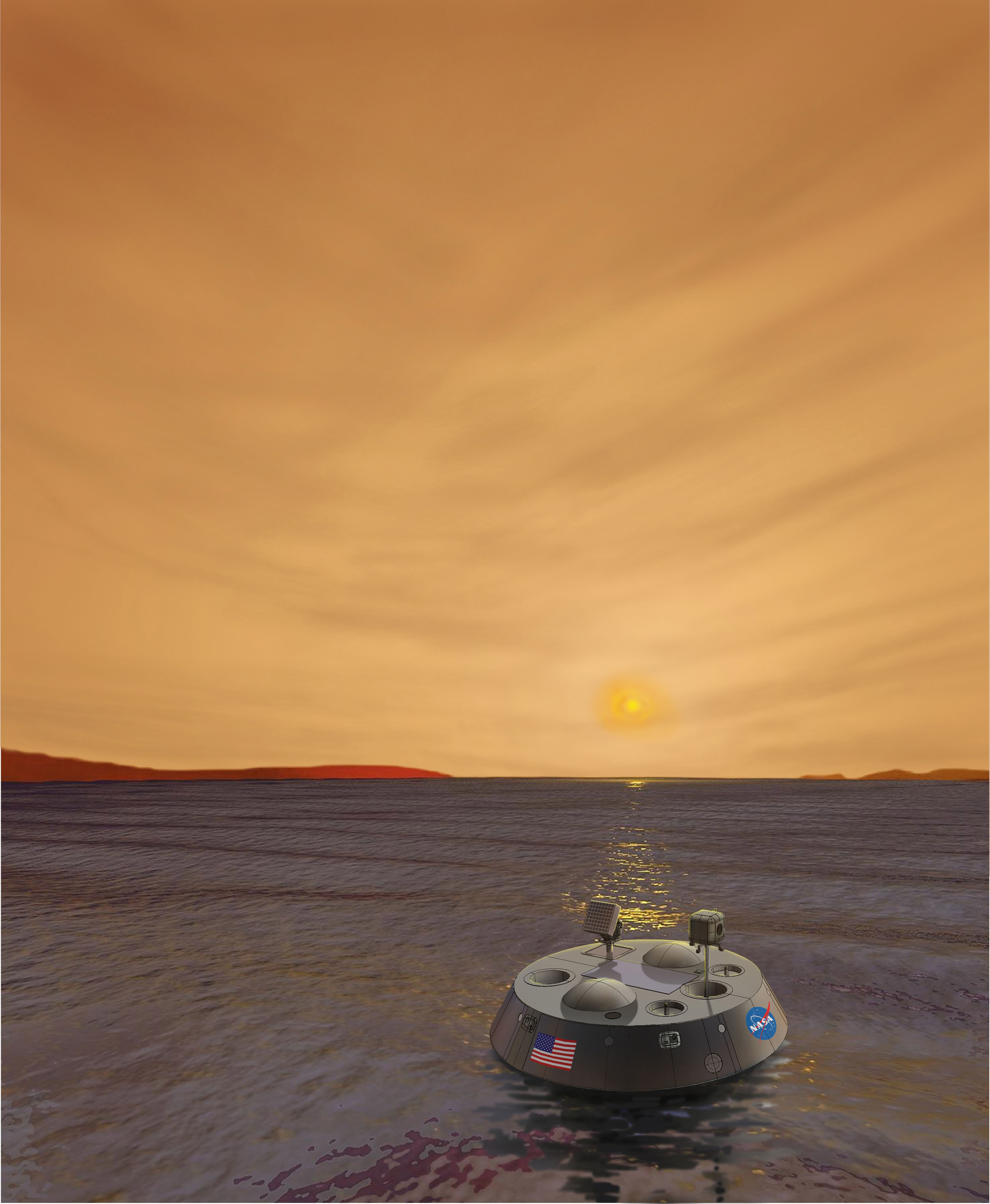Press Release
Happy Birthday Titan!
Saturn’s Earthlike Moon — Target of Proposed ‘TiME’ Mission — Discovered in 1655
On March 25, 1655, Dutch astronomer Christiaan Huygens, using a telescope he built himself, observed a small bright dot suspiciously close to the planet Saturn. Huygens correctly surmised that it might be a moon of that planet, and confirmed as much by following it in its orbit over the next few days.
We now know this distant moon, Titan, to be strangely one of the most Earthlike and most interesting worlds in the solar system. “Huygens would be pleased,” says Ralph Lorenz, a planetary scientist and Titan authority from the Johns Hopkins University Applied Physics Laboratory (APL) in Laurel, Md. “He held the view that the universe was full of other planets and that many might have life, and for that matter, their own astronomers just like himself. But he recognized that other worlds would be different too, that while there might be rain on a moon of Saturn, it must be rain of another material because Saturn, so far from the sun, would be too cold for water to be a liquid.”
In fact, we now know that Titan has clouds, rain and occasional rivers of methane — more familiar to us on Earth as natural gas. Another component of natural gas, ethane, is slightly less volatile, and is thought to be a significant component of large seas on Titan. These seas, which have tides caused by Saturn’s gravity, have been mapped out using radar and near-infrared observations on the NASA-European Space Agency (ESA)-Agenzia Spaziale Italiana (ASI) Cassini spacecraft, which has been flying past Titan typically every few weeks since it arrived in 2004.


